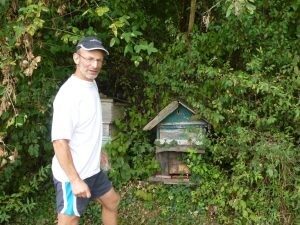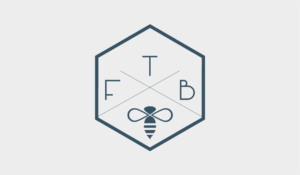
Français: Aucune intervention depuis 30 ans
Français: Aucune intervention depuis 30 ans Sorry, this entry is only available in French. — Rencontre avec Guy Fin d’été 2016, j’ai eu la grande joie de rencontrer Guy Aubry,
Wild honey bee colonies—both truly wild (in trees and buildings) and simulated wild (in small hives)—were studied to determine their life-history traits, to see if these traits have changed now that these colonies are infested with Varroa destructor . Most colonies (97%) survive summers, but only 23% of founder (first-year) colonies and 84% of established colonies survive winters. Established colonies have a mean lifespan of 5–6 years and most (87%) have a queen turnover (probably by swarming) each summer. A population model shows that these life-history traits produce a stable population of colonies. Remarkably, the suite of colony life-history traits found in the 2010s (with V. destructor ) matches that found in the 1970s (without V. destructor ). It seems likely that the wild colonies living near Ithaca, NY, possess defenses against V. destructor that are not costly.

Français: Aucune intervention depuis 30 ans Sorry, this entry is only available in French. — Rencontre avec Guy Fin d’été 2016, j’ai eu la grande joie de rencontrer Guy Aubry,

Deutsch: Lichtverschmutzung bedroht die Bestäubung Sorry, this entry is only available in German. — Künstliches Licht stört nachtaktive Insekten beim Bestäuben von Pflanzen und reduziert die Anzahl produzierter Samen und

Deutsch: Bienenpoesie – Stille Bedachtsamkeit Im Hohlraum von einer Holzwand, in meinem kleinen Schlafgemach – verharren Bienen nun ruhig gefasst, dem kommenden Winter entgegen. Im Wissen, dass wir beide träumen,